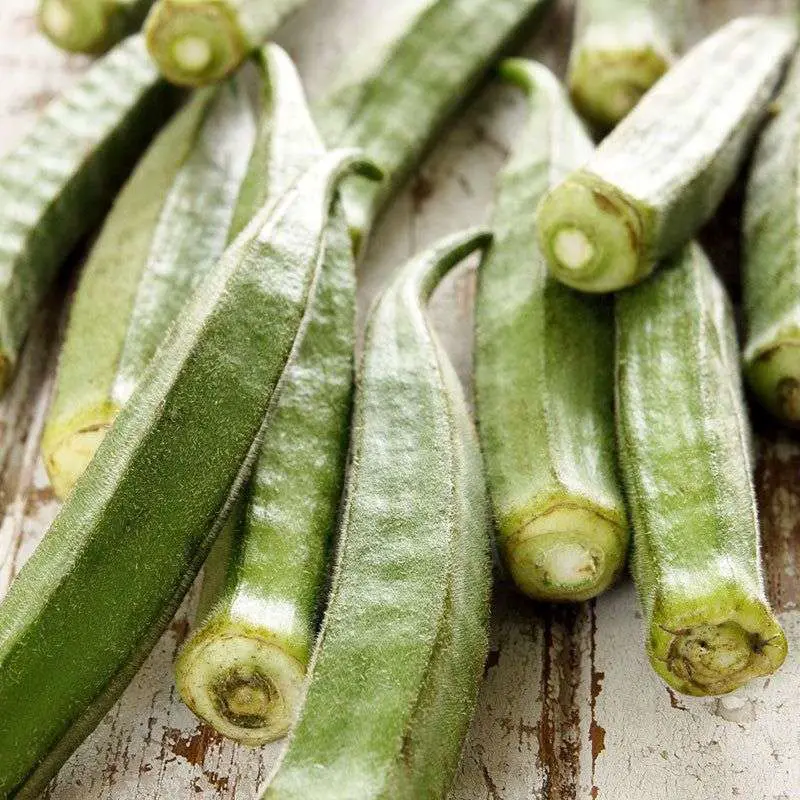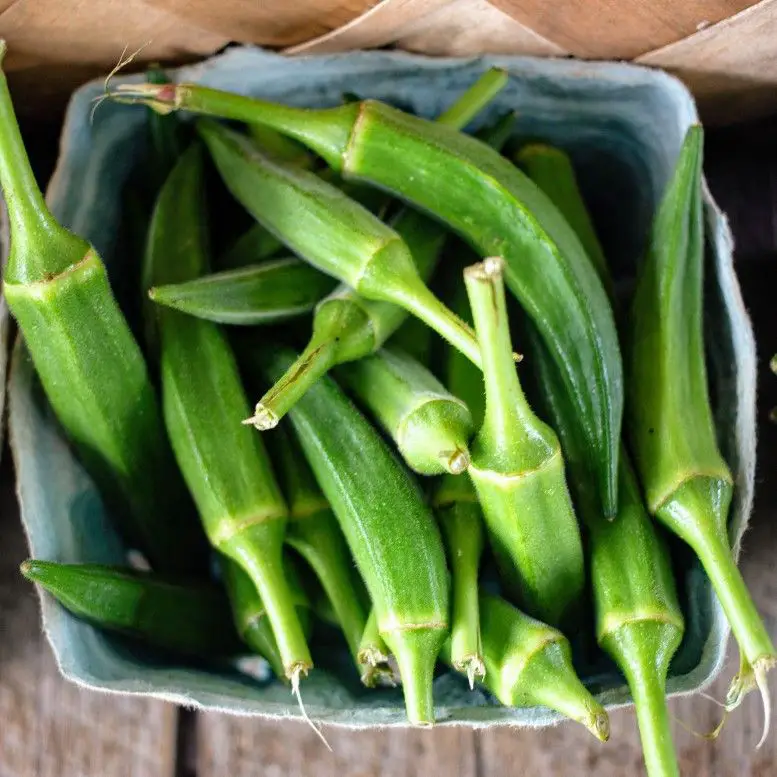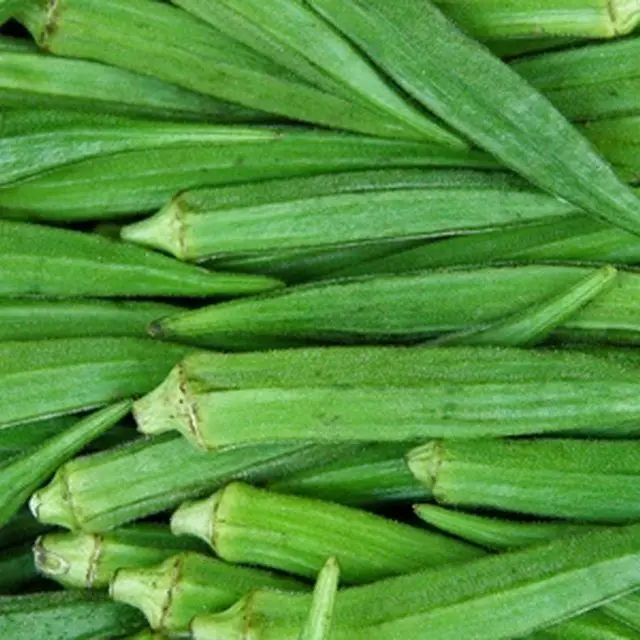Okra was brought to the United States of America in the 1700s by Africans.
It is a warm-weather vegetable and has become a staple food delicacy today on American menus, particularly in the Southern states including Arkansas.
If you are a gardener or like to maintain your own mini kitchen garden, wondering when to plant Okra in Arkansas, read on to learn more about it.
This article is all about when and how to plant Okra in Arkansas.
What is the planting date of okra?
Okra requires ample amount of sunlight and will grow the best in loamy, fertile soil.
Common gardener soil is also suitable for it, and the vegetable will thrive the best where a nitrogen-fixing crop has already been planted.
Typically, it is advised to plant Okra during either spring or early summer once the danger of frost has passed completely.
For cool regions of Arkansas, gardeners can begin planting okra indoors in their pots around six week prior to the final expected frost date of the area.
Talking specifically in terms of date—the best date to plant okra is between the 1st week of April to the last week of May.
How do you grow okra in Arkansas?
Okra seeds must be soaked in water for about 12-18 hours before being planted, so the hard coat of its seed softens. Moisture absorption and germination is aided by soaking the seeds.
To prevent rotting of the seeds, soil should be warmed by at least 65 degrees.
If you are buying okra plants, get the ones that have already been started in containers like peat pots and can go in the ground directly. Okra’s growth is hampered if its roots are disturbed.
Okra plants can grow up to three to six feet tall.
It is advised to choose a spot in the garden where the plant’s shade will not affect other sun-loving plants.
Make a one inch deep burrow in the soil to sow the seeds and sow them in rows approximately three feet apart from each other.
Germination of seeds usually takes two to twelve days and okra will grow in multiple soil types so fertilizer and mulch is needed.

Once the plant has grown, thin them out to space them twelve to eighteen inches apart from each other.
Okra thrives in full, blistering sun and watering it regularly is critical especially during the pod development and flowering.
A weekly deep soaking proves to be beneficial in extended dry spells.
Good soil management and crop rotation helps control diseases.
Okra is also susceptible to root-knot nematode, wilt and Southern stem blight.
It is not unlikely for okra to attract works and various beetles. Therefore, it is also important to monitor them for treatment and regular infestation.
Can okra be planted all year round?
With just some efficient planning and a small amount of patience, fresh okra can be enjoyed throughout the year. You can begin any time of the year in warmer climates.
Once the plant has grown up, you must follow up every few months with additional planting as okra grows and ripens quick. When fruiting, keep a check on them everyday else they can also become woody.

Try not to wait for extended periods before picking the pods off the young plants. If you are growing okra in your kitchen garden, you should also consider it being a perennial plant. This means that the same fruit types will continue to come each year with no need of replantation.
Do you need 2 okra plants?
Okra plants are self fertile as they have both male and female parts. This means that they do not need any pollen from other plants, nor do they have to be planted next to each other.
For harvesting the seed, all you need is some patience and let the pods mature past the point they are edible. Make sure you are collecting or harvesting them before they fall to the ground themselves.
Okra is an annual crop and requires stakes to keep the plants from toppling over one another. The plant is originally native to the tropics and grows best in temperatures between 75 to 90 Fahrenheit.

The seedlings need a temperature just above or around 65 degrees Fahrenheit, four inches deep to mature appropriately. Its seeds shall germinate properly if they are soaked in water at least 24 hours prior to plantation and all seeds not swollen are excluded.
When sowing over one okra plant, it is best to sow the seeds half inch deep and thin to approximately 2 to 18 inches between each plant. If there are over one rows, you should maintain a distance of three feet between each.
